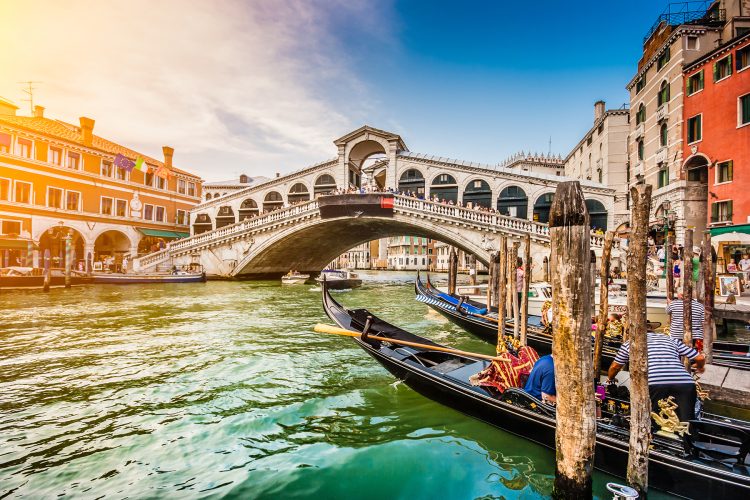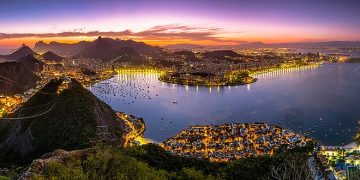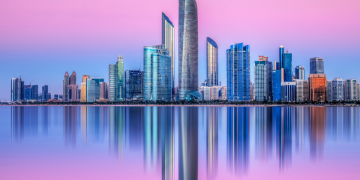Venice, the city that floats on water, attracts tourists from all over the world with its unique canals, ancient architecture and romantic atmosphere. This article will give you an in-depth understanding of the historical background and cultural features of Venice, recommend must-visit attractions, and provide practical accommodation, dining, transportation advice, and remind you of the things you need to pay attention to during your trip, so that you can fully experience the charm of Venice.
I. The historical background and cultural characteristics of Venice
Historical background
The history of Venice dates back to the 5th century AD, when farmers and fishermen fled to this natural haven made up of islands to escape the invasion of nomads. Over time, Venice gradually developed into one of the most important commercial and trade centers in the Mediterranean region. During the Renaissance, Venice reached its heyday and became the center of culture and art in Europe. Today, Venice, with its unique geographical location and rich historical heritage, is listed as a UNESCO World Heritage Site.
Cultural characteristics
The cultural characteristics of Venice are mainly reflected in the architecture, art, music and food. Venice’s architectural style is unique, a combination of Byzantine, Gothic and Renaissance styles, forming a unique Venetian architectural style. The Basilica of St. Mark and its bell tower on St. Mark’s Square, as well as the palaces and mansions on both sides of the Grand Canal, are outstanding examples of Venetian architecture. In addition, Venice is also one of the birthplaces of opera, and the Phoenix Opera House is the temple of European opera. In terms of food, Venetian seafood dishes and cuttlefish noodles are memorable.
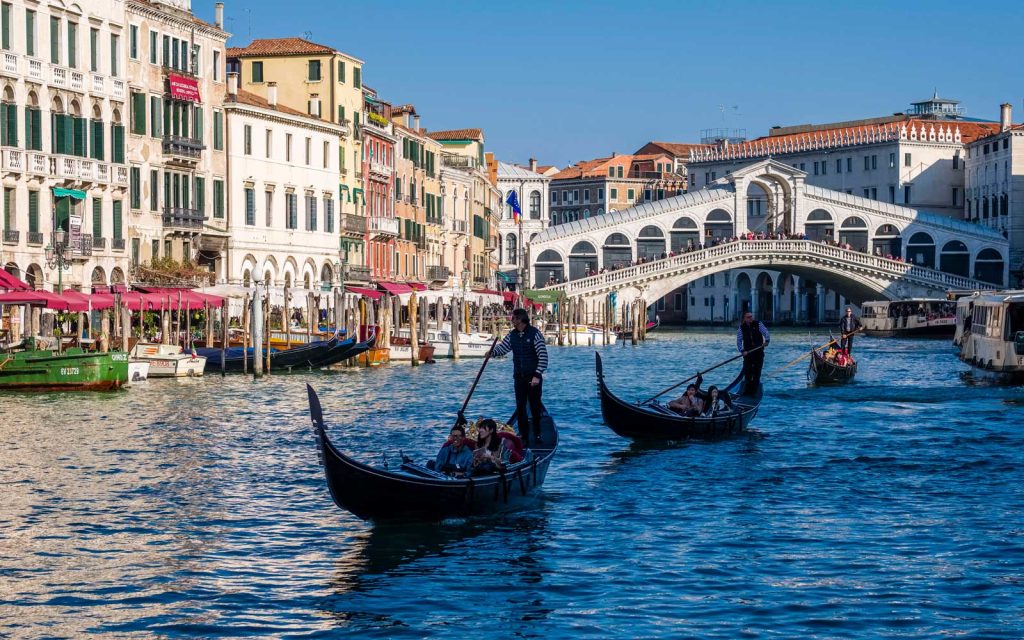
- A must-see in Venice
Piazza SAN Marco
Known as the heart of Venice, Piazza SAN Marco is one of the liveliest places in the city. The square is home to the spectacular St. Mark’s Cathedral and bell tower, as well as the exquisite Doge’s Palace. Walking around the square, you can admire the Baroque architecture and exquisite sculptures, and feel the blend of ancient and modern. In addition, there are often a large number of pigeons flying in the square, adding a bit of fun for visitors.
Bridge of Sighs
The Bridge of Sighs is one of the landmarks of Venice, connecting the Doge’s palace to the Venetian prison. Legend has it that prisoners sigh through small Windows when they are taken to prison, hence the name “Bridge of Sighs”. This baroque stone bridge is famous for its unique closed design and tragic history. Standing on the bridge, you can overlook the Grand Canal and feel the unique charm of Venice.
St. Mark’s Basilica
St. Mark’s Basilica is one of the most important religious and cultural symbols of Venice, known for its Byzantine mosaics and Oriental architecture. The interior of the church contains many Christian relics, including the remains of St. Mark. When visiting the cathedral, please pay attention to the dress code and avoid entering in overly revealing or casual clothing.
Art galleries and Museums
Venice is home to numerous art galleries and museums, such as the Gallery of the Academy of Arts, the Giorgio Kondo Foundation and the Museum of Modern Art. In these venues, you can enjoy a variety of artworks and exhibitions from the Renaissance to the modern era, and gain an in-depth understanding of Venice’s artistic history and cultural heritage.
- Practical suggestions in the process of travel
Put up
Accommodation options in Venice range from luxury hotels to budget homestays. If you want to experience the romantic atmosphere of Venice, you can choose to stay in a hotel or a homestay on the main island. However, it is important to note that accommodation on the main island is often expensive and inconvenient (you need to drag a suitcase along the flagstone road). Therefore, you can also consider staying off the island (such as near the Mestre train station) and then travel easily to the main island by train or water bus.
catering
Venice’s cuisine is rich and varied, with seafood as the main dish. There are many high-end restaurants near St. Mark’s Square, but prices are usually higher. If you want to taste authentic Venetian food without spending too much money, you can choose to visit some of the restaurants in the alleys or the fast food restaurants near the market. In addition, specialty dishes such as cuttlefish noodles and seafood pasta are also unmissable culinary experiences.
traffic
Venice is a city without cars, and the main means of transportation are water buses and gondolas. The water bus is a convenient way to connect the main island with other small islands and major attractions. Visitors can purchase one-day or multi-day tickets to save on transportation costs. The gondola is one of the iconic modes of transport in Venice, and although the price is higher (about 80-150 euros per boat), it is undoubtedly an unforgettable experience to ride the gondola through the canals.
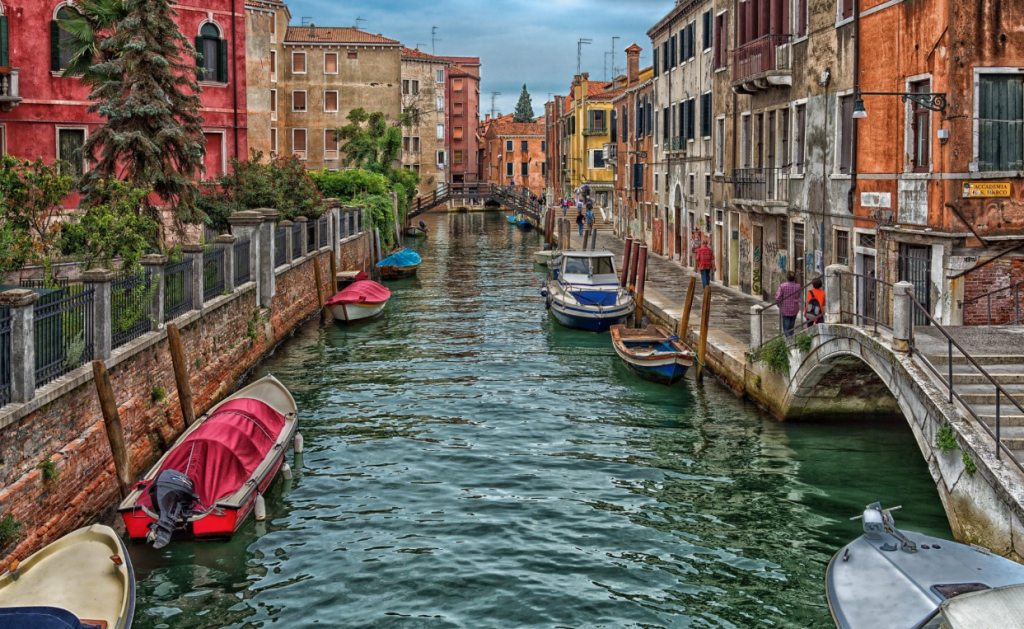
Four, travel precautions
weather
Venice’s climate is Mediterranean, with hot, humid summers and cold, rainy winters. Be sure to check the local weather forecast and bring appropriate clothing before traveling. In summer, please take sun protection measures and bring rain gear with you to deal with sudden showers. In winter, keep warm and wear waterproof shoes to cope with slippery ground.
secure
Venice is a relatively safe city to visit but visitors should still take care of their personal belongings. Especially in crowded places such as St. Mark’s Square and along the Grand Canal, please keep your valuables safe to avoid theft or loss. In addition, due to the numerous and intricate alleys in Venice, tourists should try to avoid entering the remote alleys alone in case of accidents.
etiquette
When traveling in Venice, please respect the local culture and customs. For example, when visiting churches and museums, please keep quiet and obey the relevant rules; In public places such as restaurants and cafes, please maintain cleanliness and respect the dining space of others; When interacting with locals, be polite and respect their opinions and habits. In addition, since Venice is a water city, visitors should observe the relevant regulations and pay attention to safety when taking the water bus or gondola.
Venice attracts tourists from all over the world with its unique charm. Through the introduction and advice of this article, I believe that you have a deeper understanding of Venice and are fully prepared to travel. Wish you a pleasant and memorable stay in Venice!


